Remote Monitoring and Management (RMM) has become an indispensable tool for IT professionals. Gone are the days of simply reacting to IT fires. Modern RMM solutions empower us to proactively manage and maintain client systems, ensuring optimal performance, security, and uptime. However, the sheer volume of data generated by these systems can be overwhelming. That’s where the magic of machine learning (ML) comes in, transforming RMM from a reactive system to a predictive and intelligent powerhouse.
Think about it: you’re managing hundreds, even thousands, of endpoints. Each one is generating logs, performance metrics, security alerts, and more. Sifting through all that data manually is like searching for a needle in a haystack. ML algorithms, on the other hand, can analyze these massive datasets in real-time, identifying patterns, anomalies, and potential issues that would otherwise go unnoticed. This allows us to anticipate problems before they impact our clients, preventing costly downtime and ensuring business continuity.
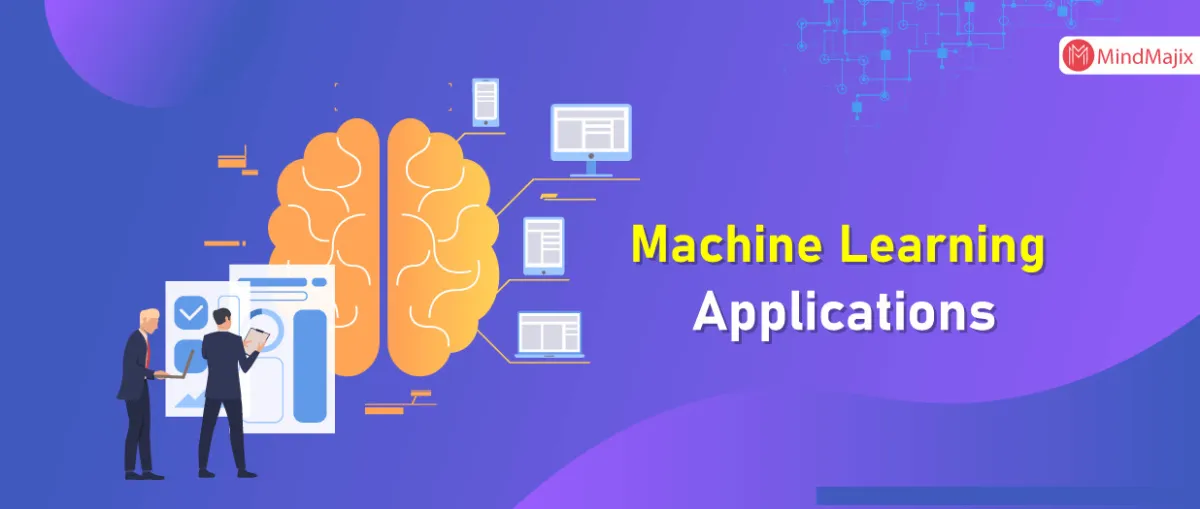
This article will delve into the specific applications of machine learning in modern RMM, exploring the features and benefits that ML brings to the table. We’ll cover everything from proactive threat detection and predictive maintenance to automated patching and intelligent alerting. We’ll also discuss the challenges and considerations involved in implementing ML-powered RMM solutions, providing you with a comprehensive guide to leveraging this powerful technology to enhance your IT management capabilities.
The Power of Machine Learning in RMM
Machine learning isn’t just a buzzword; it’s a fundamental shift in how we approach IT management. By leveraging algorithms that learn from data, RMM solutions can provide insights and automation that were previously impossible. This leads to a more efficient, proactive, and secure IT environment.
Predictive Maintenance and Anomaly Detection
One of the most significant benefits of ML in RMM is its ability to predict potential hardware failures and performance bottlenecks. ML algorithms can analyze historical data on CPU usage, memory consumption, disk I/O, and other key metrics to identify patterns that precede system failures. For example, if the algorithm detects a gradual increase in disk read latency coupled with a decrease in free disk space, it can predict an impending disk failure and alert IT staff to take proactive measures, such as replacing the drive before it fails. This prevents downtime, data loss, and costly emergency repairs. Similarly, ML can detect anomalous behavior, such as unusual network traffic patterns or suspicious user activity, which could indicate a security breach or malware infection.
Automated Patching and Vulnerability Management
Keeping systems patched and up-to-date is critical for security, but it can be a time-consuming and error-prone task. ML can automate this process by analyzing vulnerability databases and identifying systems that are vulnerable to specific threats. It can then automatically deploy patches to affected systems, minimizing the window of opportunity for attackers. Furthermore, ML can prioritize patching based on the severity of the vulnerability and the criticality of the affected systems, ensuring that the most important patches are deployed first. This significantly reduces the attack surface and improves overall security posture.
Intelligent Alerting and Noise Reduction
RMM systems often generate a flood of alerts, many of which are false positives or low-priority issues. This can lead to alert fatigue, where IT staff become overwhelmed and start ignoring alerts, potentially missing critical issues. ML can address this problem by analyzing alerts and filtering out the noise. It can learn to distinguish between genuine threats and benign anomalies, prioritizing alerts based on their severity and potential impact. This ensures that IT staff only focus on the most important issues, improving their efficiency and reducing the risk of overlooking critical problems. Moreover, ML can correlate alerts from different sources to provide a more comprehensive view of the situation, helping IT staff to quickly diagnose and resolve issues.
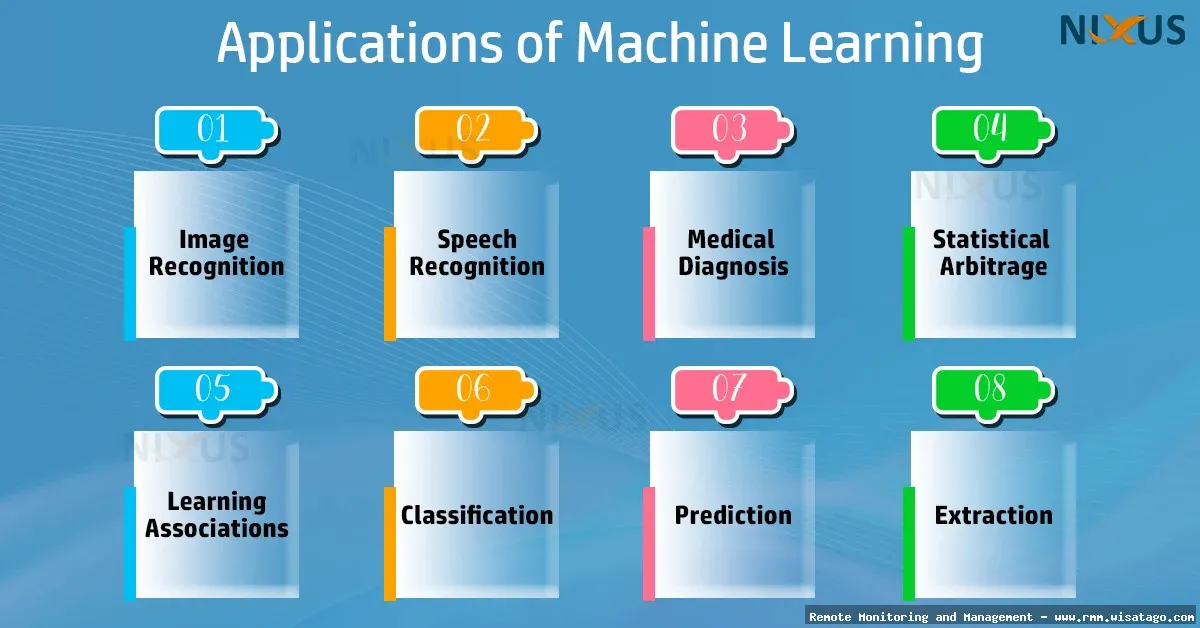
Key Features of ML-Powered RMM Solutions
Modern RMM solutions are increasingly incorporating machine learning capabilities to enhance their functionality. Here are some of the key features you should look for:
Real-Time Threat Detection
ML-powered RMM solutions can analyze network traffic, system logs, and user activity in real-time to detect and respond to threats. They can identify malware, phishing attacks, and other malicious activities before they cause significant damage. This proactive approach to security is far more effective than traditional signature-based antivirus solutions, which can only detect known threats. ML algorithms can learn to identify new and emerging threats based on their behavior, providing a much higher level of protection.
Automated Remediation
In addition to detecting threats, ML-powered RMM solutions can also automate the remediation process. They can automatically isolate infected systems, remove malware, and restore systems to a clean state. This significantly reduces the time and effort required to respond to security incidents, minimizing the impact on business operations. The automation frees up IT staff to focus on more strategic tasks, such as improving security policies and educating users about security best practices.
Performance Optimization
ML can also be used to optimize system performance. By analyzing performance data, ML algorithms can identify bottlenecks and recommend solutions to improve system performance. For example, they can identify applications that are consuming excessive resources and suggest ways to optimize their configuration or upgrade hardware. This can lead to significant improvements in system performance, reducing downtime and improving user productivity.
Capacity Planning
Predicting future resource needs is crucial for avoiding performance issues and ensuring business continuity. ML algorithms can analyze historical data on resource usage to forecast future demand. This allows IT staff to proactively plan for capacity upgrades, ensuring that systems have sufficient resources to meet future demands. For example, ML can predict when a server will run out of disk space or when network bandwidth will become a bottleneck, allowing IT staff to take proactive measures to address these issues before they impact users.
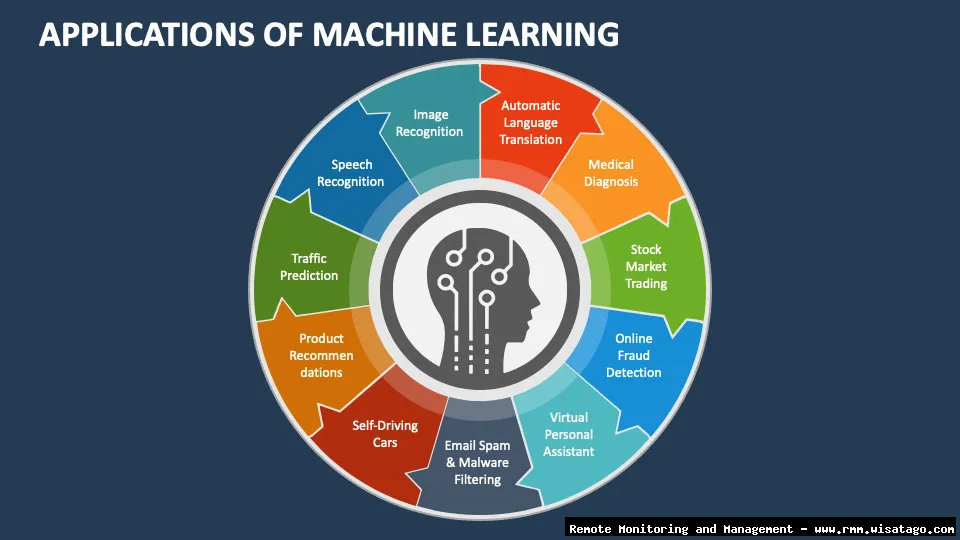
Benefits of Using ML in RMM
The integration of machine learning into RMM offers a multitude of benefits that can significantly improve IT operations and overall business performance.
Reduced Downtime
By predicting and preventing system failures, ML helps to reduce downtime and ensure business continuity. Proactive maintenance based on ML predictions minimizes the risk of unexpected outages and service disruptions. This translates directly to increased productivity and revenue for businesses.
Improved Security
ML-powered threat detection and automated remediation capabilities enhance security posture and reduce the risk of data breaches. Real-time threat analysis allows for immediate responses to malicious activities, minimizing the potential damage. This is especially critical in today’s threat landscape, where cyberattacks are becoming increasingly sophisticated.
Increased Efficiency
Automation of tasks such as patching, alerting, and remediation frees up IT staff to focus on more strategic initiatives. Intelligent alerting reduces alert fatigue and ensures that IT staff only focus on the most important issues. This allows for more efficient use of resources and improves overall IT productivity.
Cost Savings
By reducing downtime, preventing security breaches, and improving efficiency, ML-powered RMM can lead to significant cost savings. Proactive maintenance reduces the need for costly emergency repairs, while automated patching minimizes the risk of expensive security incidents. Furthermore, increased efficiency allows IT staff to handle more clients with the same resources, improving profitability.
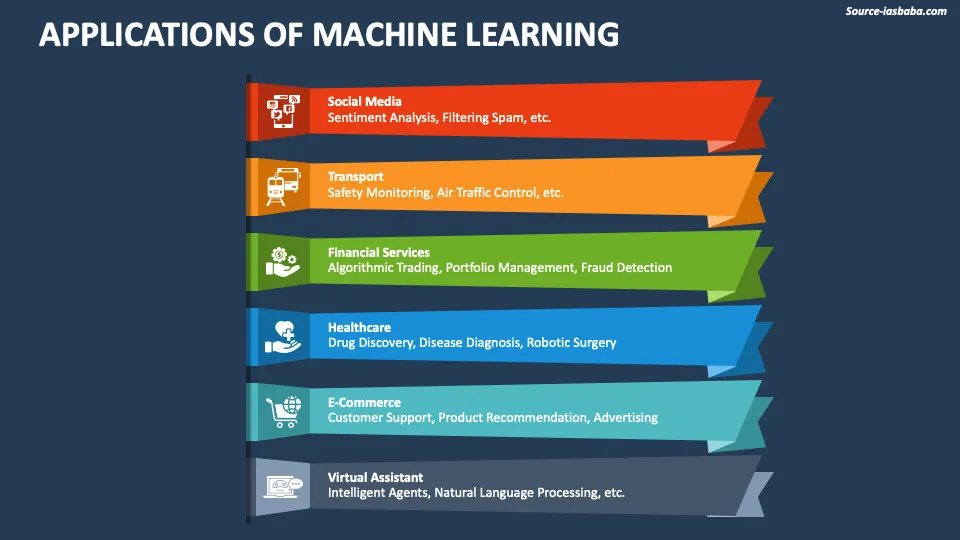
Challenges and Considerations
While the benefits of ML in RMM are significant, there are also challenges and considerations to keep in mind when implementing these solutions.
Data Quality and Availability
ML algorithms rely on high-quality data to make accurate predictions. If the data is incomplete, inaccurate, or inconsistent, the results will be unreliable. It’s crucial to ensure that RMM systems are collecting accurate and comprehensive data from all endpoints. This requires careful configuration of the RMM system and ongoing monitoring of data quality. Also, sufficient historical data is needed for the ML models to learn effectively. A longer history provides a more accurate baseline for anomaly detection and prediction.
Algorithm Selection and Training
Choosing the right ML algorithms for specific tasks is critical. Different algorithms are suited for different types of data and different types of problems. It’s important to understand the strengths and weaknesses of different algorithms and to select the ones that are best suited for the specific use case. Furthermore, the algorithms need to be properly trained on relevant data to ensure their accuracy. This often requires expertise in data science and machine learning.
Integration and Compatibility
Integrating ML-powered RMM solutions with existing IT infrastructure can be challenging. It’s important to ensure that the RMM system is compatible with the existing operating systems, applications, and security tools. This may require custom integrations or modifications to existing systems. Careful planning and testing are essential to ensure a smooth integration process.
Security and Privacy
ML algorithms can potentially be used to infer sensitive information about users and systems. It’s important to ensure that the RMM system is designed to protect user privacy and comply with relevant regulations. This may require anonymizing data or restricting access to sensitive information. Security measures must also be in place to protect the ML models themselves from being tampered with or compromised.
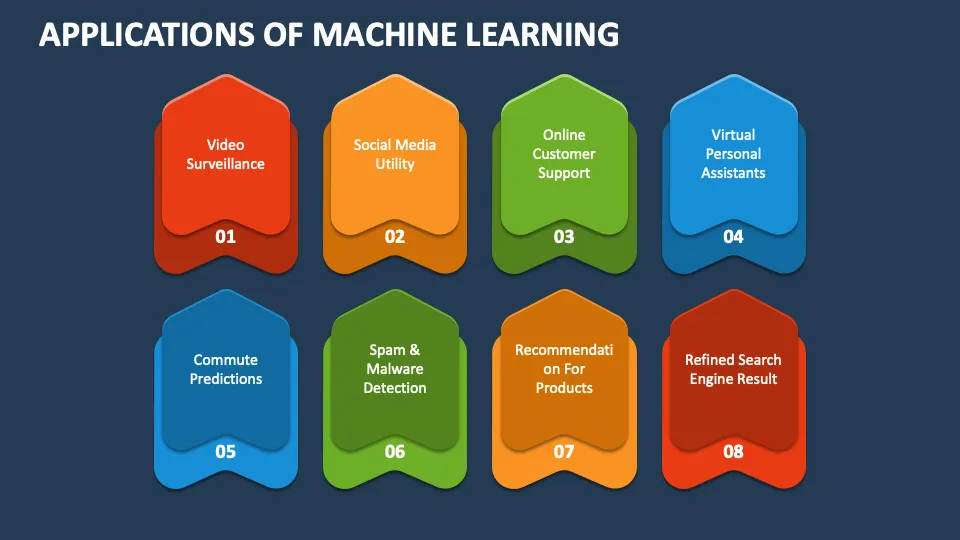
Conclusion
Machine learning is revolutionizing the way we manage IT infrastructure. By leveraging the power of ML, RMM solutions are becoming more proactive, intelligent, and efficient. From predicting system failures to detecting security threats, ML is enabling IT professionals to deliver better service, reduce costs, and improve overall business performance. While there are challenges to consider, the benefits of ML in RMM are undeniable. As ML technology continues to evolve, we can expect to see even more innovative applications in the years to come. Embracing ML-powered RMM is no longer a luxury; it’s a necessity for staying ahead in today’s competitive IT landscape.
Conclusion
In conclusion, the integration of machine learning into modern Remote Monitoring and Management (RMM) platforms is no longer a futuristic concept but a present-day necessity. As we’ve explored, ML-powered RMM solutions offer significant advantages, ranging from proactive threat detection and automated remediation to improved resource allocation and enhanced predictive maintenance. By leveraging the power of algorithms to analyze vast amounts of data, RMMs can transcend the limitations of traditional, reactive approaches, enabling MSPs and IT departments to operate more efficiently, securely, and strategically.
The journey towards fully embracing ML in RMM is ongoing, but the potential benefits are undeniable. We encourage IT professionals and managed service providers to investigate the ways machine learning can enhance their RMM strategies. Explore the available solutions, conduct pilot programs, and begin unlocking the power of intelligent automation. To learn more about specific ML-powered RMM tools and best practices, visit our resource page at https://www.example.com/ml-rmm-resources and start transforming your IT management approach today.
Frequently Asked Questions (FAQ) about Machine Learning Applications in Modern RMM
How can machine learning be used to proactively identify and resolve potential IT issues within a modern Remote Monitoring and Management (RMM) system?
Machine learning (ML) significantly enhances proactive issue identification in modern RMM systems. By analyzing historical data, performance metrics, and event logs, ML algorithms can learn normal system behavior and detect anomalies that indicate potential problems. For example, a sudden spike in CPU usage across multiple endpoints might trigger an alert, suggesting a malware infection or resource contention issue. Predictive maintenance is another key application; ML can forecast hardware failures based on patterns in sensor data like temperature and disk I/O, allowing for preemptive replacements before downtime occurs. Machine learning also helps with automated remediation by suggesting or even automatically applying fixes based on similar past incidents, reducing the workload on IT staff and minimizing disruption. Effective IT management necessitates proactive strategies, RMM allowing for early detection and resolution of potential issues
.
What are the benefits of using machine learning for automated patch management and vulnerability assessment in an RMM solution?
Integrating machine learning into automated patch management and vulnerability assessment provides several key benefits. ML algorithms can prioritize patch deployment based on the severity of vulnerabilities, the criticality of affected systems, and the likelihood of exploitation, focusing resources where they are most needed. Furthermore, ML can predict the potential impact of a patch on different systems, reducing the risk of compatibility issues and system instability after deployment. It can also analyze vulnerability scan results to identify patterns and trends, helping to proactively address systemic weaknesses in the IT infrastructure. By automating these processes, ML reduces the manual effort required for patch management and vulnerability assessment, improves security posture, and minimizes the attack surface.
In what ways does machine learning improve security threat detection and response capabilities within a modern RMM platform?
Machine learning dramatically enhances security threat detection and response in modern RMM platforms. Traditional signature-based detection methods struggle to keep pace with evolving threats, but ML algorithms can identify anomalous behavior and zero-day exploits by learning patterns from vast datasets of network traffic, system logs, and user activity. This allows for the detection of subtle indicators of compromise that might otherwise go unnoticed. ML can also automate incident response by identifying infected systems, isolating them from the network, and initiating remediation workflows. By continuously learning and adapting to new threats, ML improves the accuracy and speed of threat detection, reducing the dwell time of attackers within the network and minimizing the potential damage from security breaches. Furthermore, ML can assist in threat hunting activities by highlighting suspicious activities and prioritizing investigations.